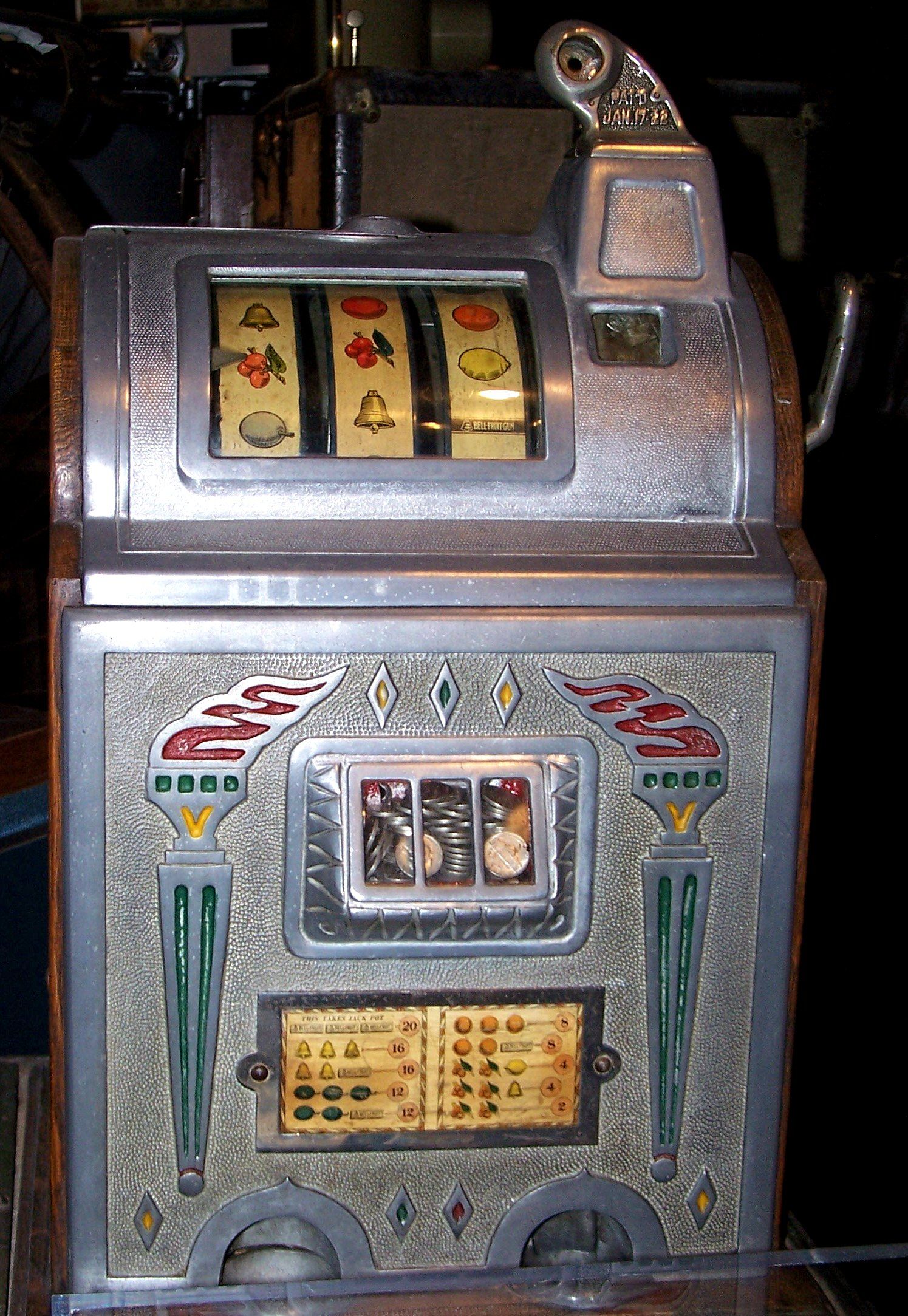Old Fruit Machines
please feel free to contact us on 01227 711881 or Click Here to send us a message.
- Old Fruit Machines Walmart
- Old Fruit Machines Free Play
- Antique Fruit Machines For Sale
- Old Fruit Machines For Sale
Fruit Machine Sales | Mech Updates | Spare Parts |
Old Fruit Machines Walmart
Old fruit machine wanted from the 70's or 80's. This advert is located in and around Manchester, Lancs. Anybody got an old fruit machine from the 70's or 80's they wish to sell as I would like to re-live my youth:0). Fruit Machine Sales View our range of refurbished fruit machines. With free technical support for as long as you own the machine. Mech Updates Send us your coin and note mechanisms to be updated to accept all the latest coins and the new polymer £20 notes. The origins of Fruit machines lay in American one-armed bandit games. So-called after original slot machines operated by one lever on the side of the machines. From the 1980s onwards Fruit Machine manufacturers took advantage of advances in electronics and computing. To make their fruit machines more sophisticated in terms of looks and features.
Saturday Night Fever
- Add to Compare
Paragon TT+ Quiz Machine
- Add to Compare
Paragon TT Quiz Machine
- Add to Compare
SR5 Serial/Parallel Coin Mechanism
Coin Mechanism Programming
Refill Key 87000
Excl. VAT: £2.50 Incl. VAT: £3.00 As low as: £1.25
Old Fruit Machines Free Play

Antique Fruit Machines For Sale
A SHORT HISTORY OF AMUSEMENTARCADES
By Tim Hunkin
THE FRUIT MACHINE Fruit machines are so profitable that UScasinos are reported to make the bulk of their profits from their vast floors ofmachines (with extra large stakes and payouts). In the UK betting shops now make60% of their profits from their machines. At the other end of the spectrumsmall seaside arcades in the UK subsidise their ‘family entertainmentmachines’ from the takings of their fruit machines. Its easy not to realise just how addictivefruit machines are. If you just try one once, you’ll probably lose. I wasbrought up to assume the machines were rip-offs so I never put more than acouple of coins in one– and thisusually just confirmed what I’d been taught. I only recently realised, afterI’d restored an old clockwork Mills fruit machine, that using it twenty times I waslikely to win once or twice and often ended up ahead. In the UK fruit machineshave to state the exact percentage of coins they payout (at least 80% of thecoins inserted). Every country in the world has banned them at one point or another – and now though the machines are rarely still banned, they continue to be regulated in great detail. The Judge was made by the Mills Manufacturing company in1899. The handle spun the roulette wheel. Each of the 5 coin slots representsone of the 5 symbols repeated round the wheel - win if you select the symbolwhere the wheel stops. The very first mechanical gambling machine is oftenclaimed to bethe US 1888 ‘EUREKA BOX’. This was a small glass fronted case with a pile ofcoins inside – the jackpot. The played coins fell on a weighing scale, andwhen their cumulative weight tipped the balance, the jackpot was released. Thereare no surviving examples. Other similar machines called ‘Two Door Bank’ and‘Pyramid Banker’ followed. Machines soon become more elaborate – like‘The Judge’ above. In Europe smaller wall mounted machines were at first morepopular, like Roll out the barrel, left and domino, right. Several machines imitated dealing a hand of cards – sometimes 5 cardsand sometimes 3 – with some ‘winning’ hands. Charles Fey, working in San Fransisco in1906, made the first recognisable 3 reel machine, with playing card symbols onthe reels. Called The Liberty Bell, his design was re-engineered by the Millscompany of Chicago and then copied by other manufacturers. These early gamblingmachines were mainly placed in bars. In an attempt to make them acceptablein shops and other public places a Mr O D Jennings, who ran a company calledIndustry Novelty Company, replaced the playing card symbols with pictures offruit, calling the machine a chewing gum dispenser (the fruits indicating theflavours of the gum). The visible‘jackpot’ (in the centre of the eagle's chest above) first appeared in 1931 and became a permanent addition.As payouts increased concerns grew,until governments started to tax the machines in the mid 30s. Some US stateswent further and banned all coin-op machines. The nazis banned gambling machinesin Germany in 1937 and later in all their occupied territories. The Johnson actof 1951 banned fruit machines from US public places, (see photo at top of page)restricting them to designated ‘casinos’.
With the older mechanical andelectromechanical machines, the positions the reels ended up in was fairlyrandom, so the percentage payout was simply an average of all the differentpossible combinations– but nowthe reels are driven by stepper motors, their final position is computercontrolled so its easy to tweak the software to maximise the addiction. Themicroprocessor is also used to control the spectacular lighting sequence - oftenhundreds of separate lamps - in today’s machines. |
